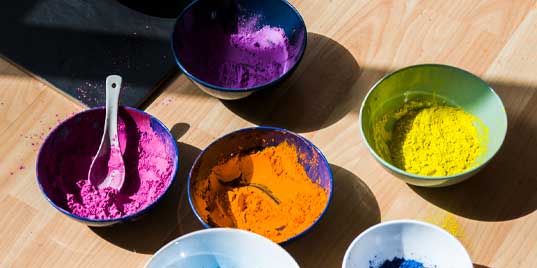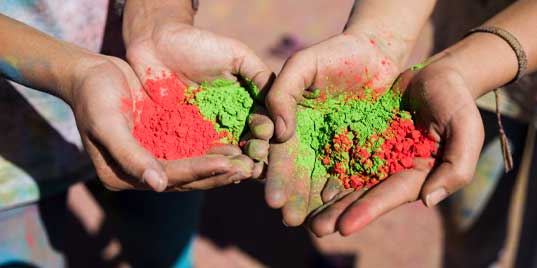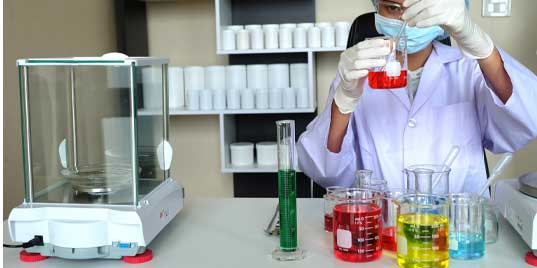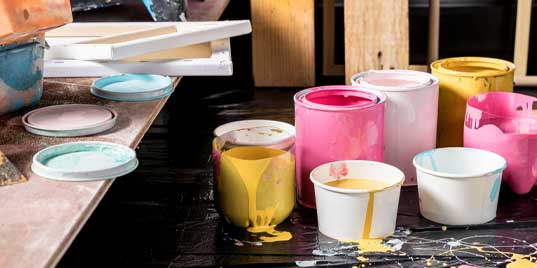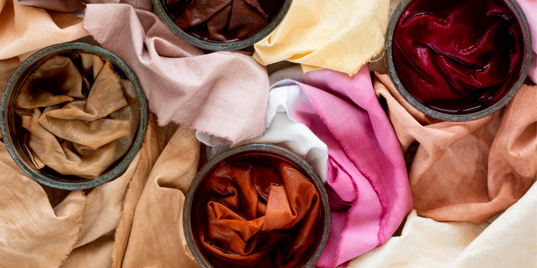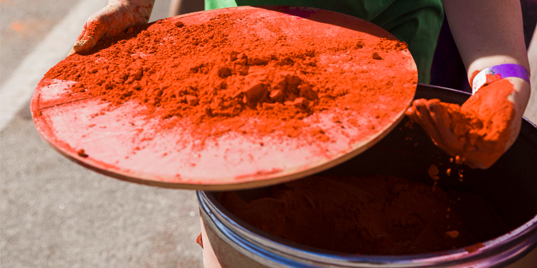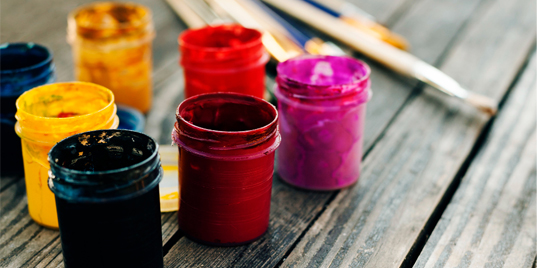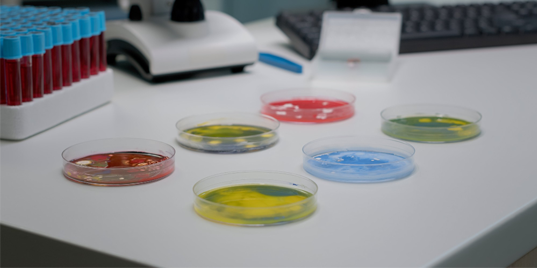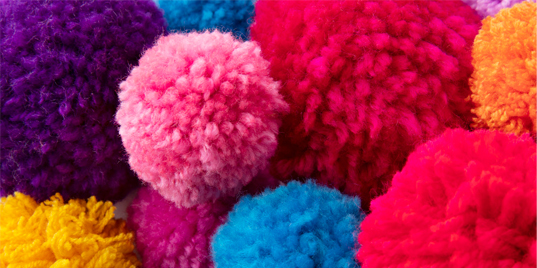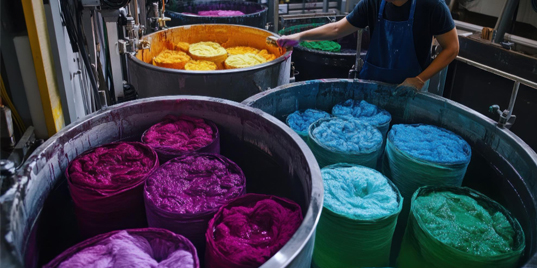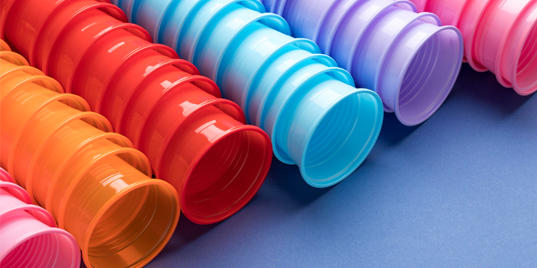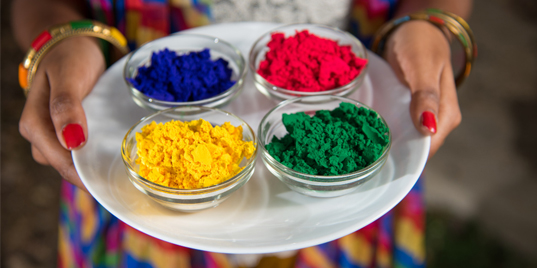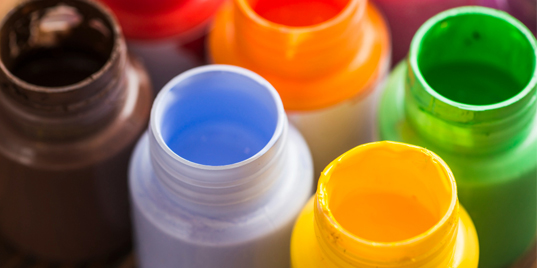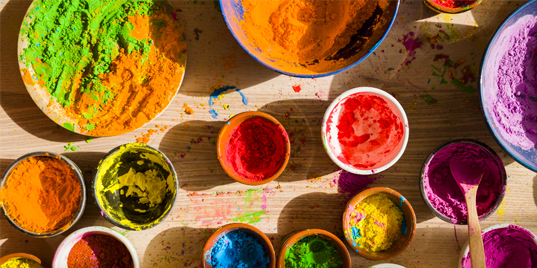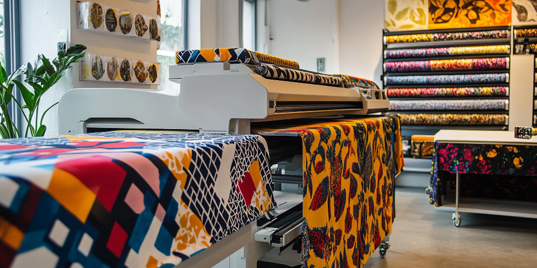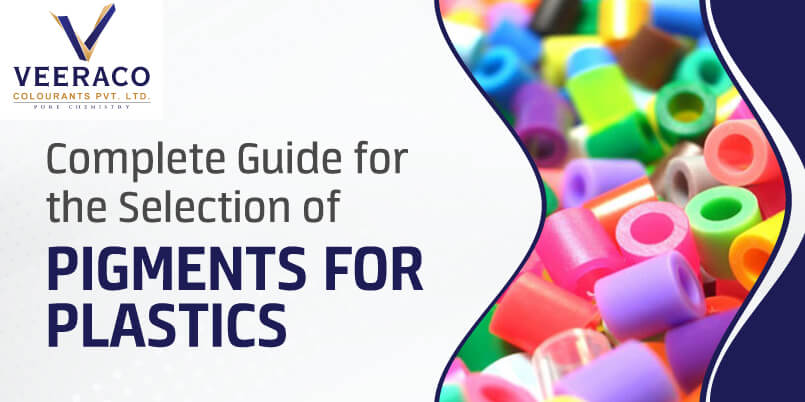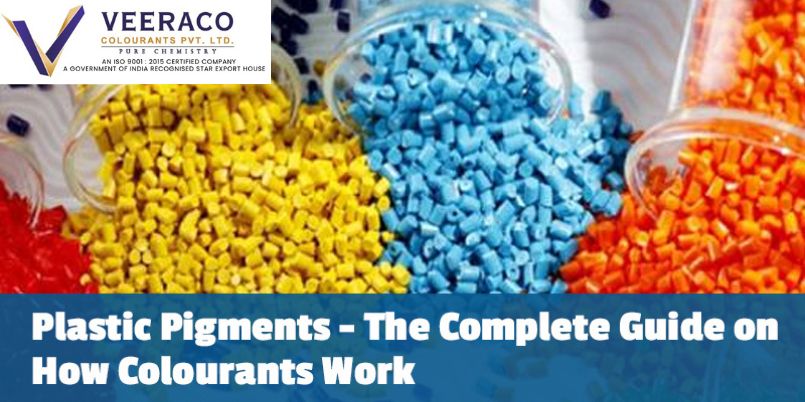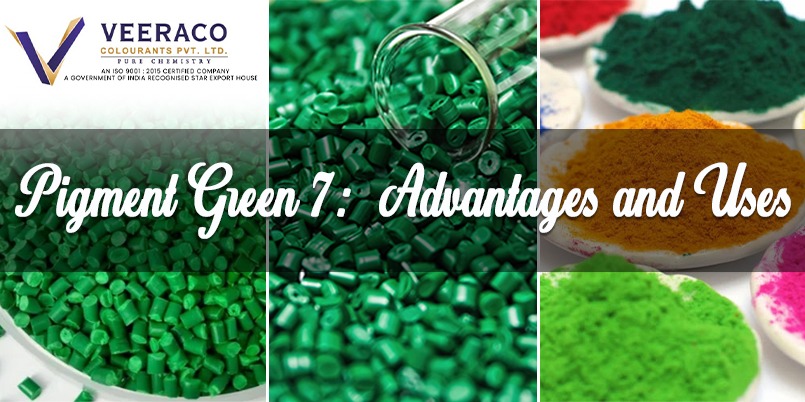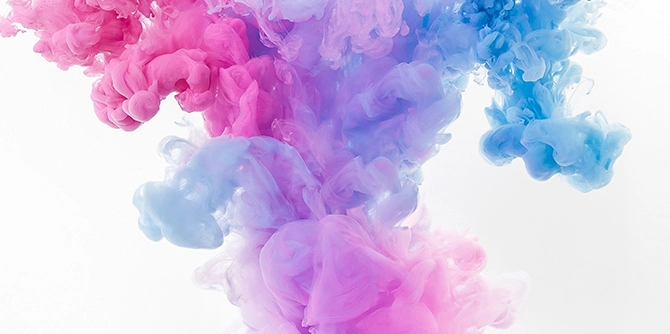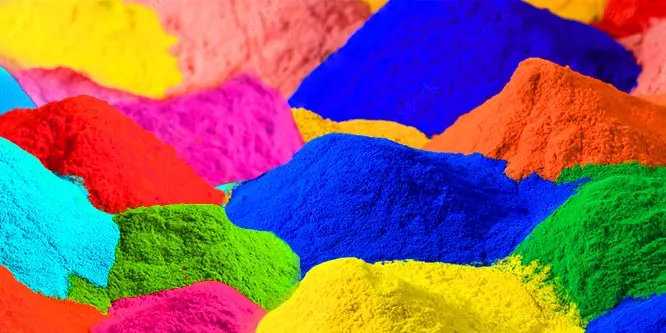
FSSAI-Approved Food Colors: What Every Manufacturer Must Know
- Admin
- Aug 31, 2025
FSSAI-Approved Food Colors: What Every Manufacturer Must Know
Food grade dyes play a crucial role in the food and beverage industry, creating appealing colors that enhance product attractiveness and consumer acceptance. However, these applications demand exceptional safety, purity, and strict regulatory compliance. This comprehensive guide explores everything food manufacturers need to know about food grade dyes suppliers in India, including safety standards, regulatory requirements, testing procedures, and supplier selection criteria.
Understanding Food Grade Dyes and Their Importance
Food coloring serves both aesthetic and functional purposes in modern food manufacturing, but safety remains paramount above all other considerations.
What Makes Dyes "Food Grade"?
Food grade designation means colorants meet stringent safety and purity standards established by regulatory authorities. These standards ensure colors pose no health risks when consumed at approved usage levels. Unlike industrial dyes that may contain toxic impurities or utilize hazardous chemistry, food grade dyes undergo extensive safety evaluation including toxicology testing, purity verification, allergen assessment, and regulatory approval before permitted food use. The distinction between food grade and non-food grade colors proves critical. Using non-approved colors in food applications creates serious health risks and regulatory violations with severe penalties.
Why Food Manufacturers Use Colorants
Color profoundly influences consumer perception and food acceptance. Studies consistently show color affects perceived taste, quality, and freshness even before products are tasted. Natural food processing often destroys or diminishes natural colors. Heat treatment, light exposure, pH changes, and storage all affect food appearance. Adding colorants restores expected appearance maintaining consumer acceptance. Colorants also provide product identification, brand recognition, seasonal variety, and compensation for natural variation in raw materials. Consistent color across production batches ensures uniform product appearance consumers expect.
Synthetic vs. Natural Food Colors
Food grade colors fall into two broad categories—synthetic (artificial) and natural—each with distinct characteristics, regulations, and applications.
Synthetic Food Colors
Synthetic food dyes, also called artificial colors or certified colors, are manufactured through chemical synthesis. These colors offer brilliant shades, excellent tinctorial strength, good stability, color consistency, and economical pricing. However, synthetic colors face increasing consumer scrutiny. Growing preference for "natural" products drives some manufacturers away from artificial colors despite their technical advantages.
Natural Food Colors
Natural colors derive from plant, animal, or mineral sources. Examples include annatto, caramel, carmine, turmeric, chlorophyll, and anthocyanins from fruits and vegetables. Natural colors appeal to health-conscious consumers and support "clean label" marketing. However, they often provide less brilliant shades, lower tinctorial strength, reduced stability, higher costs, and greater shade variability than synthetic alternatives.
Regulatory Framework for Food Grade Dyes in India
India maintains comprehensive regulations governing food colors, balancing safety assurance with practical food manufacturing needs.
FSSAI (Food Safety and Standards Authority of India)
FSSAI serves as India's apex food regulatory authority, establishing and enforcing food safety standards. The Food Safety and Standards (Food Products Standards and Food Additives) Regulations, 2011 specifically govern food colors. FSSAI maintains lists of permitted synthetic and natural food colors with specifications for purity, maximum usage levels, and approved food applications. Only colors appearing on these lists may be legally used in food products sold in India.
Permitted Synthetic Food Colors in India
FSSAI permits specific synthetic colors meeting purity standards, including Tartrazine, Sunset Yellow FCF, Carmoisine, Ponceau 4R, Erythrosine, Allura Red AC, Indigo Carmine, Brilliant Blue FCF, and Fast Green FCF. Each permitted color has specific purity requirements detailed in FSSAI regulations, including limits for heavy metals, subsidiary colors, and inorganic impurities.
Natural Food Colors Permitted in India
FSSAI also permits numerous natural colors including Caramel, Annatto, Curcumin, Chlorophyll, Carotenoids, and Anthocyanins. Natural colors generally face fewer usage restrictions than synthetic colors but still must meet purity and safety standards.
International Regulations Comparison
Food manufacturers exporting products must understand regulations of destination countries. The U.S. FDA, EU, and Codex Alimentarius maintain distinct color approval systems. Some colors permitted in India face restrictions or bans abroad. Exporters must verify compliance before distribution.
Purity Standards and Contaminant Limits
Food grade dyes must meet strict purity standards, limiting heavy metals like lead, arsenic, mercury, and cadmium. Manufacturers must also control subsidiary colors, unreacted intermediates, inorganic impurities, microbial contamination, and insoluble matter. Each batch undergoes testing to verify compliance.
Safety Testing and Quality Assurance
Before approval, food colors undergo toxicology tests covering acute, chronic, carcinogenic, reproductive, and genotoxicity risks. Acceptable Daily Intake (ADI) values define safe consumption levels. Manufacturers conduct batch testing for identity, purity, heavy metals, and microbial content. Certificates of Analysis and third-party test reports validate compliance.
Applications in Food and Beverage Industries
Food grade dyes serve diverse sectors such as beverages, confectionery, bakery, dairy, snacks, sauces, and condiments. Each application demands specific stability against temperature, pH, and light. Selecting appropriate colors ensures appearance and consumer appeal remain consistent throughout shelf life.
GMP and Manufacturing Standards
Food color manufacturers must follow Good Manufacturing Practices (GMP), HACCP, ISO 9001, and ISO 14001 systems to ensure safe and consistent production. GMP focuses on facility hygiene, process control, sanitation, and traceability, while HACCP identifies and controls potential safety hazards.
Finding Certified Food Grade Dyes Suppliers in India
Manufacturers should verify FSSAI licenses, purity documentation, quality systems, and technical expertise of suppliers. Key factors include regulatory compliance, facility audits, COAs, technical support, consistent supply, and transparent pricing. Reliable suppliers maintain ISO certifications, GMP compliance, and strong traceability systems.
Indian Food Grade Dyes Manufacturing Industry
India’s food color manufacturing industry has grown significantly, serving domestic and export markets. Modern facilities maintain FSSAI, ISO 9001, and HACCP certifications, supported by advanced purification and testing infrastructure. Tightened FSSAI enforcement ensures consistent quality and safety standards.
Veeraco’s Commitment to Food Safety
Veeraco Colourants ensures all food colors meet stringent FSSAI and international safety requirements. Our manufacturing follows GMP and ISO 9001 standards with complete testing and traceability. We offer both synthetic and natural food colors for beverages, confectionery, bakery, dairy, and sauces. Each batch includes COA, specifications, and safety documentation.
Best Practices for Using Food Grade Dyes
Store food colors in cool, dry conditions, follow FIFO rotation, and prevent contamination. Always stay within permitted dosage limits, verify uniform mixing, and ensure stability under actual processing conditions. Maintain labeling compliance, monitor color consistency, and observe product shelf life.
Conclusion
Food grade dyes suppliers in India must meet rigorous FSSAI standards ensuring consumer safety and product consistency. Selecting certified suppliers like Veeraco Colourants guarantees compliance, quality, and technical support. Whether for beverages, confectionery, or dairy, partnering with reliable suppliers ensures safe, high-quality color solutions for successful food manufacturing.

